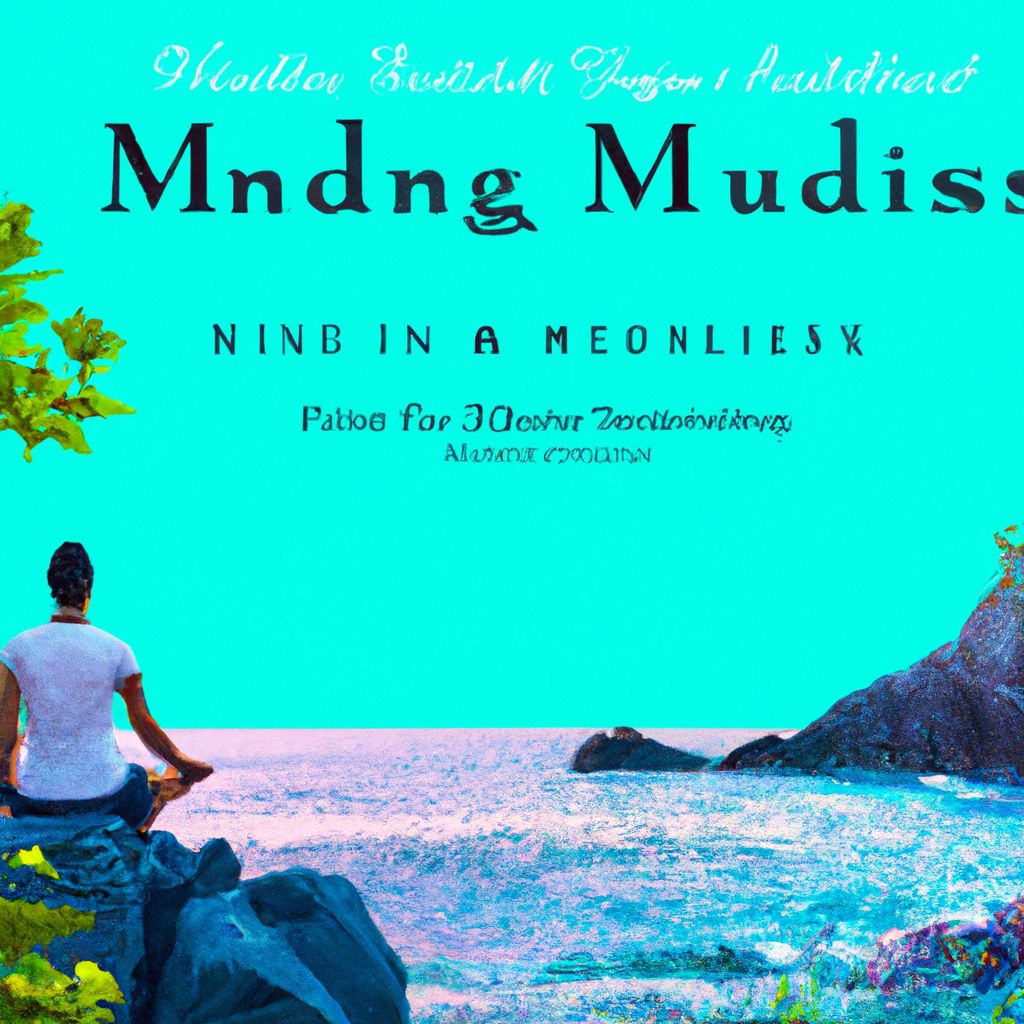Embarking on a journey towards mindfulness and meditation can be life-changing. In today's fast-paced, stress-inducing world, many people are turning to these ancient practices to find inner peace, reduce stress, and improve mental clarity. From beginners to experienced practitioners, this guide will provide valuable insights and practical techniques to help you thrive on your mindful journey.
What is Meditation and Mindfulness?
Meditation is a practice of training the mind to achieve a heightened state of awareness and focus. It involves techniques that help quiet the mind, cultivate inner peace, and promote self-awareness. While there are many forms of meditation, the ultimate goal is to develop a sense of inner calm and mental clarity.
Mindfulness, on the other hand, is the practice of purposefully paying attention to the present moment without judgment. This can be achieved through meditation but can also be applied to everyday activities. Mindfulness helps us become more aware of our thoughts, emotions, and sensations, allowing us to better manage stress and cultivate a sense of inner peace.
Benefits of Meditation and Mindfulness
There are numerous benefits to incorporating meditation and mindfulness into your daily routine, including:
- Reduced stress and anxiety
- Improved mental clarity and focus
- Better emotional regulation
- Enhanced self-awareness
- Increased creativity and problem-solving abilities
- Stronger immune system
- Improved overall well-being and happiness
"Meditation is not a way of making your mind quiet. It's a way of entering into the quiet that's already there—buried under the 50,000 thoughts the average person thinks every day." - Deepak Chopra
Getting Started with Meditation
If you're new to meditation, it can be helpful to start with some basic techniques:
- Find a quiet and comfortable space: Choose a location where you can sit or lie down comfortably without distractions.
- Set a timer: Start with just a few minutes per day, gradually increasing the duration as you become more comfortable with the practice.
- Focus on your breath: Pay attention to the natural rhythm of your breathing, allowing your mind to quiet and your body to relax.
- Observe your thoughts: Instead of trying to suppress thoughts, simply observe them without judgment, allowing them to pass like clouds in the sky.
- Return to your breath: If your mind begins to wander, gently bring your focus back to your breath.
Types of Meditation
There are many different types of meditation, each with its own unique techniques and benefits. Some popular forms include:
- Mindfulness meditation
- Concentration meditation
- Loving-kindness (Metta) meditation
- Body scan or progressive relaxation
- Transcendental meditation
- Guided meditation
Experiment with different practices to find the one that resonates with you and best supports your goals.
Mindfulness in Everyday Life
While meditation is a powerful tool for cultivating mindfulness, it's also important to incorporate this practice into your daily life. Here are some tips for being more mindful throughout your day:
- Focus on one task at a time, giving it your full attention.
- Take regular breaks to check in with your breath and body sensations.
- Practice mindful eating, savoring the taste, texture, and aroma of your food.
- Pay attention to your emotions without judgment, allowing yourself to feel and process them.
- Engage in activities that bring you joy and help you feel present, such as spending time in nature or practicing a hobby.
Conclusion
Meditation and mindfulness offer a powerful pathway to inner peace, stress reduction, and improved mental clarity. By incorporating these practices into your daily life, you can embark on a transformative journey towards a calmer, more balanced, and fulfilling life. Remember, the key to success is consistency and patience, so keep practicing and enjoy the many benefits of your mindful journey.


